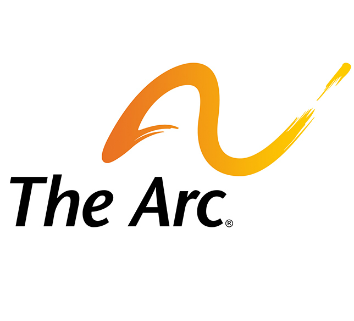Who Should Be the Trustee of a Special Needs Trust?
By Rebecca A. Hajosy, J.D., Special Needs Alliance
Providing long- term financial support or supplementation to a loved one with disabilities requires careful planning. One commonly used tool is the special needs trust (SNT), created to protect assets, while maintaining eligibility for means-tested government benefits. A critically important part of the trust process is selection of a trustee, who will make decisions regarding the investments, distributions and all other aspects of managing the trust for the benefit of an individual with disabilities.
Of course, the selected trustee should be honest, dependable and organized, but typically, someone is needed to play more than a purely administrative role. Parents should write a separate “letter of intent” to help guide the trustee in understanding how the SNT should enhance their son’s or daughter’s quality of life. It should describe the beneficiary’s goals, needs, routines, and preferences for current and future support. It should also include advice about interacting with, and advocating for, the individual. It’s usually a good idea to choose someone located nearby to facilitate the trustee’s active involvement.
Family members are often chosen for the trustee role, but before making a selection, the following should be factored in:
- This is a long-term commitment, and the trustee should be willing and able to serve for years to come. If an older relative is being considered, it would be wise to also appoint a younger “successor” trustee so that the trust can be administered without interruption.
- Government entitlement programs, such as Supplemental Security Income (SSI), Medicaid and HUD Housing, have detailed requirements regarding SNT distributions. The trustee must be familiar with the rules pertaining to the programs in which the beneficiary participates. A wrong move can disqualify them for benefits, result in overpayments or even expose the trustee to legal liability. In order to advocate for the benefits to which the beneficiary is entitled, the trustee must be knowledgeable concerning a wide range of often-changing laws and regulations.
- The trustee has a fiduciary responsibility to manage the trust’s assets in the best interests of beneficiaries. The trustee should either have investing experience or hire someone who does, since improper handling could, again, lead to legal liability.
- In some situations, having a family member serve as trustee could change─ and even damage –the individual’s relationship with the beneficiary.
- Even when a family member serves as trustee, it’s common for them to be paid a fee, given the amount of work involved. Family members usually charge less, though, than corporate trustees, banks, accountants and lawyers.
Due to the complexity of administering an SNT, family members may prefer to act as co-trustees, alongside professionals. While appointing co-trustees has advantages, in most cases, they must agree on all actions to be undertaken, including the signing of checks. This can become burdensome, and even result in gridlock. If a family member acts as sole trustee, they may choose to regularly consult a special needs attorney or financial advisor to supplement their own skills.
Another way to involve family members is to name one or more of them as “trust protector.” In that capacity, while not managing the trust, they can require accountings and investigate actions. They also usually have the authority to remove and appoint trustees.
There’s a lot to consider when managing an SNT, and the degree to which it contributes to an individual’s well-being rests largely with the trustee. Choose carefully.
The Special Needs Alliance (SNA) is a national non-profit comprised of attorneys who assist individuals with special needs, their families and the professionals who serve them. SNA is partnering with The Arc to provide educational resources, build public awareness, and advocate for policies on behalf of people with intellectual/developmental disabilities and their families.








